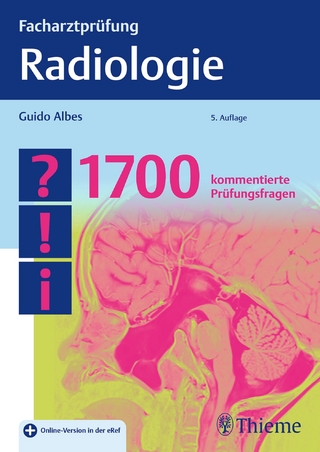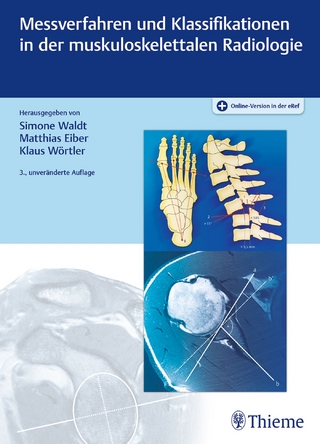
Mammographic Image Analysis
Seiten
1999
Kluwer Academic Publishers (Verlag)
978-0-7923-5620-2 (ISBN)
Kluwer Academic Publishers (Verlag)
978-0-7923-5620-2 (ISBN)
- Keine Verlagsinformationen verfügbar
- Artikel merken
The key contribution of the approach to X-ray mammographic image analysis developed in this monograph is a representation of the non-fatty compressed breast tissue that can be derived from a single mammogram. It also develops a model-based approach to X-ray mammography.
The key contribution of the approach to X-ray mammographic image analysis developed in this monograph is a representation of the non-fatty compressed breast tissue that can be derived from a single mammogram. The importance of the representation, called hint, is that it removes all those changes in the image that are due only to the particular imaging conditions (for example, the film speed or exposure time), leaving just the non-fatty "interesting" tissue. Normalizing images in this way enables them to be enhanced and matched, and regions in them to be classified more reliably, because unnecessary, distracting variations have been eliminated. The first part of the monograph develops a model-based approach to X-ray mammography, while part two shows how it can be put to work successfully on a range of clinically-important tasks. Part three develops a model and exploits it for contrast-enhanced MRI mammography. The final chapter points the way forward in a number of promising areas of research.
The key contribution of the approach to X-ray mammographic image analysis developed in this monograph is a representation of the non-fatty compressed breast tissue that can be derived from a single mammogram. The importance of the representation, called hint, is that it removes all those changes in the image that are due only to the particular imaging conditions (for example, the film speed or exposure time), leaving just the non-fatty "interesting" tissue. Normalizing images in this way enables them to be enhanced and matched, and regions in them to be classified more reliably, because unnecessary, distracting variations have been eliminated. The first part of the monograph develops a model-based approach to X-ray mammography, while part two shows how it can be put to work successfully on a range of clinically-important tasks. Part three develops a model and exploits it for contrast-enhanced MRI mammography. The final chapter points the way forward in a number of promising areas of research.
Part I: generating hint; a model of mammogram image formation; a model of scattered radiation; a model of extra-focal radiation; estimating the thickness of a compressed breast; model verification and sensitivity. Part II: exploiting the hint model; image enhancement; disease simulation; breast compression; removing the anti-scatter grid; calcifications; curvilinear structures; masses. Part III: further breast image analysis; breast MRI; other modalities and future prospects.
| Erscheint lt. Verlag | 28.2.1999 |
|---|---|
| Reihe/Serie | Computational Imaging and Vision ; v. 14 |
| Zusatzinfo | bibliography, index |
| Sprache | englisch |
| Einbandart | gebunden |
| Themenwelt | Medizin / Pharmazie ► Medizinische Fachgebiete ► Gynäkologie / Geburtshilfe |
| Medizinische Fachgebiete ► Radiologie / Bildgebende Verfahren ► Radiologie | |
| ISBN-10 | 0-7923-5620-9 / 0792356209 |
| ISBN-13 | 978-0-7923-5620-2 / 9780792356202 |
| Zustand | Neuware |
| Haben Sie eine Frage zum Produkt? |
Mehr entdecken
aus dem Bereich
aus dem Bereich
Buch (2023)
Thieme (Verlag)
190,00 €


